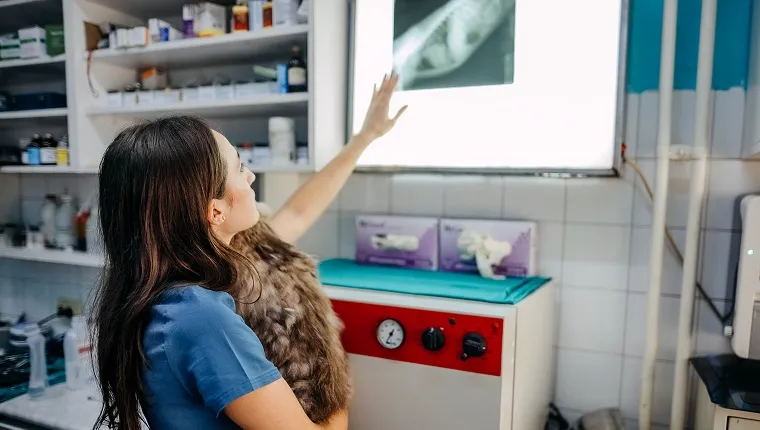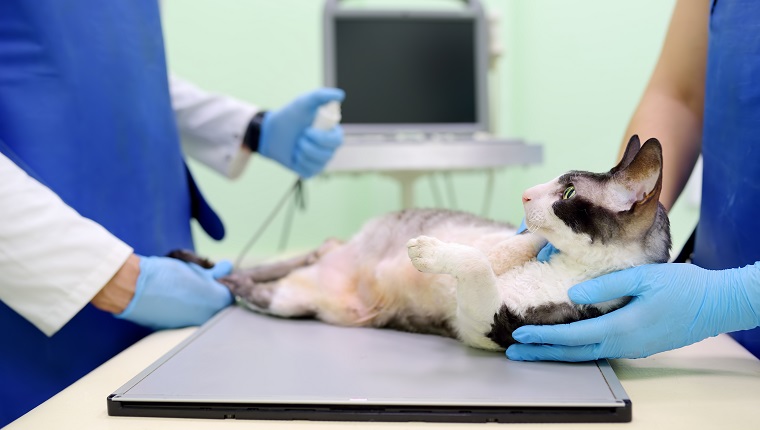Chest bone deformity in cats, known by the medical name pectus excavatum and sometimes colloquially as funnel chest, is a medical condition where the chest bone, also called the sternum, becomes deformed and appears to be flat or curving inwards.
Studies suggest that male cats are more likely to develop the condition than female felines, and that certain breeds including Burmese and Siamese kitties are most at risk.
If you see signs that your cat is suffering from funnel chest, then you must consult your veterinarian immediately. Here’s what you should know about the symptoms, causes, and treatments of chest bone deformity in cats.
Symptoms Of Chest Bone Deformity In Cats
Chest bone deformity in cats can produce a number of symptoms. Some of the most frequent symptoms include:
- Breathing problems
- Losing weight
- Lung infections
- Loss of appetite
- Vomiting
- Coughing
- Struggling to exercise
Causes Of Chest Bone Deformity In Cats

The cause of chest bone deformity in cats is most often cited as being genetic.
Scientific studies have suggested that male cats are six times more likely to develop pectus excavatum than female cats.
Additionally, the Burmese and Siamese breeds of cat seem to have the highest predisposition for developing the condition.
Veterinary Treatments
If you worry that your cat might be developing chest bone deformity, your veterinarian will want to ask a series of questions about their full medical history. They’ll also ask about any breed-specific issues that your cat may have experienced.
The vet will order blood and urine tests. The use of X-rays can usually confirm a diagnosis.
When it comes to treatment, the exact course of action will depend on the severity of the deformity. In mild cases, your kitty might not need any further medical attention at all. In other instances, the use of corrective splints can help your feline manage the condition.
For the most of extreme cases, vets will recommend a surgical procedure to correct the issue.
Once a cat has received treatment, it is likely that the vet will suggest a course of physical therapy to help them recover. In some cases, vets may also recommend the use of painkillers.
As ever, if your vet prescribes your kitty any medicine, it is vital that you follow the precise dosage and frequency instructions and complete the full course of medication.
While your cat recovers at home, vets often recommend that you move your cat’s litter box and food closer to their regular sleeping and relaxing spot so that they do not over-exert themselves while going about their daily essential business.
Does your cat have a chest bone deformity? What steps does your vet recommend to keep your cat healthy and comfortable? Tell us all about it in the comments below.









